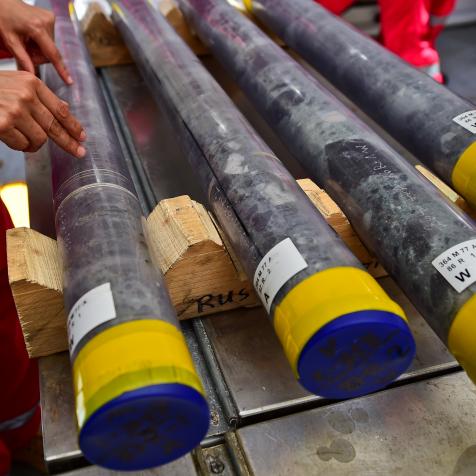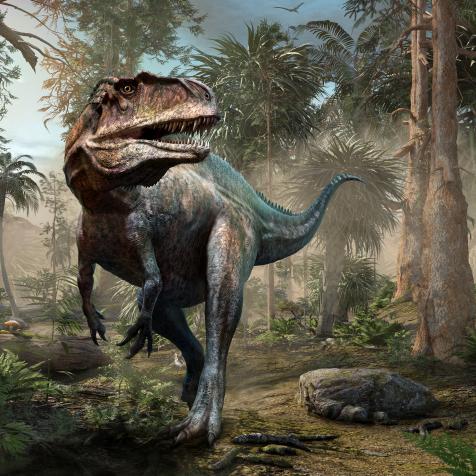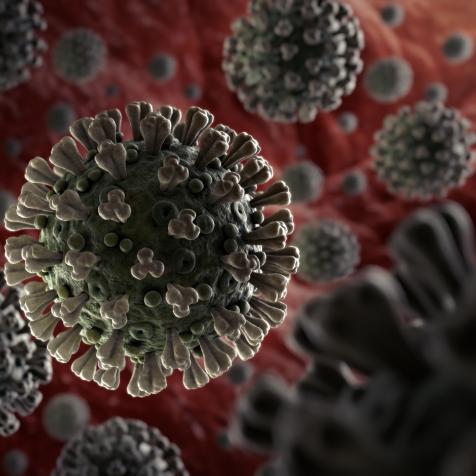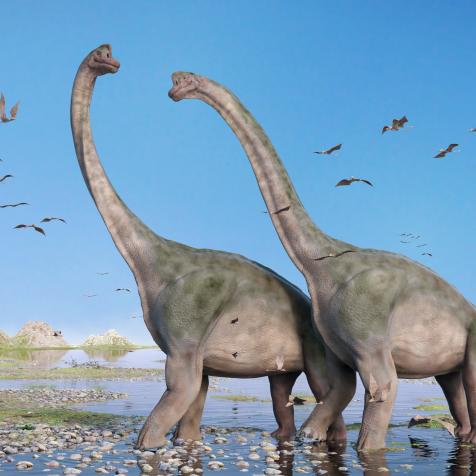
HALLDOR KOLBEINS
Icelandic Eruptions Raise Concerns About Volcanic Activity Close to Reykjavik
Iceland has an international reputation as a nation of ice and fire – majestic glaciers mixed with explosive volcanic activity.
The small north Atlantic country has a volatile nature that was confirmed when a 2,000-2,300-foot-volcanic vent appeared near Mount Fagradalsfjall, only 40-mile-drive from the capital city, Reykjavik, creating a fiery lava flow visible from space.
Eruptions forecast by the University of Iceland and the country’s meteorological office began on March 19, 2021, following more than 50,000 earthquake tremors over 15 months. Fissures opened in the Geldingadalur valley south of the peak, spilling out rivers of lava and bringing an end to nearly 900 years without eruptions on the southern Reykjanes Peninsula.
Fireworks began at around 9PM as a lava field spread out from the fissure covering an area of about a square kilometer (0.39 sq mi). Compared to most other Icelandic eruptions, the lava flow was low and stable, but gases such as hydrogen sulfide, sulfur dioxide and carbon monoxide are often emitted, and can be lethal.
Authorities warned people to take care, approaching the area as residents and tourists flocked to the site in cars and on foot. Spectacular footage of the eruptions appeared on television and online around the world, with drone cameras capturing one of nature’s most arresting and powerful displays. Webcams also showed lava pouring from the lip of built-up craters.
New fissures and craters opened up over the following weeks, spilling lava into the neighboring Meradalir valley, but activity slowed. Trace analysis shows that the magma feeding the eruption was not typical for the peninsula, reflecting a distinct new magma originating from the Earth’s mantle, nine miles deep. Readings of the surface heat suggested temperatures of around 1180–1190 c or 2156–2174 F).

Sophia Groves
People gather on the hillside to watch the volcano erupt as the sun sets on March 28, 2021 on the Reykjanes Peninsula, Iceland. The Mount Fagradalsfjall volcano erupted on March 19, after thousands of small earthquakes in the area over the recent weeks, and was reportedly the first eruption of its kind on the Reykjanes Peninsula in around 800 years.
Scientists said that despite being so close to Reykjavik, the eruptions were unlikely to cause as much disruption as Iceland’s last explosive eruption, from Eyjafjallajokull in 2010. Observations show that Gelingadalur formed lava cones as it erupted, but the flow was effusive and did not throw up ash and debris into the atmosphere, as happened when international air travel was stopped temporarily 11 years previously.
Light from the erupting slopes of Fagradalsfjall and the Geldingadalur valley could clearly be seen from NASA satellites, illuminating the night sky almost as brightly as the city of Reykjavik. Another commercial satellite network captured pictures showing the path cut by the molten lava in Geldingadalur.
Iceland is positioned just below the Arctic Circle, but its winter temperatures are rarely polar because of the warm ocean currents of the Atlantic Gulf Stream. Nevertheless, Iceland is home to 269 named glaciers and the largest Vatnajokull is an ice cap glacier equal in size to all glaciers on the European mainland put together–almost 90,000 square feet (8,300 sq m).
Volcanic eruptions on the island are frequent and many glaciers sit atop volcanic mountains. These subglacial volcanoes have a distinctive shape–flattened top and steep sides–and are known as tuyas or table mountains.


















